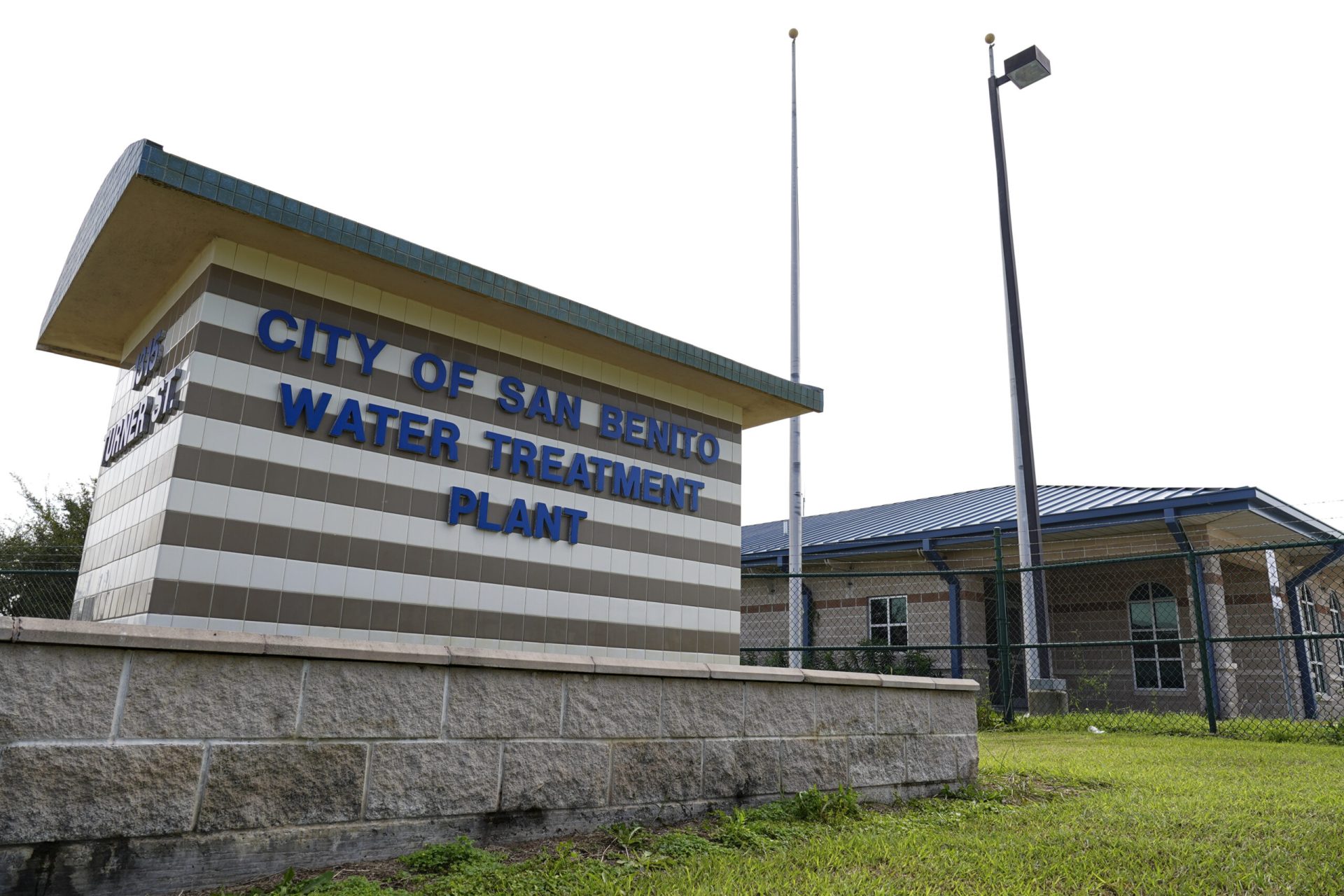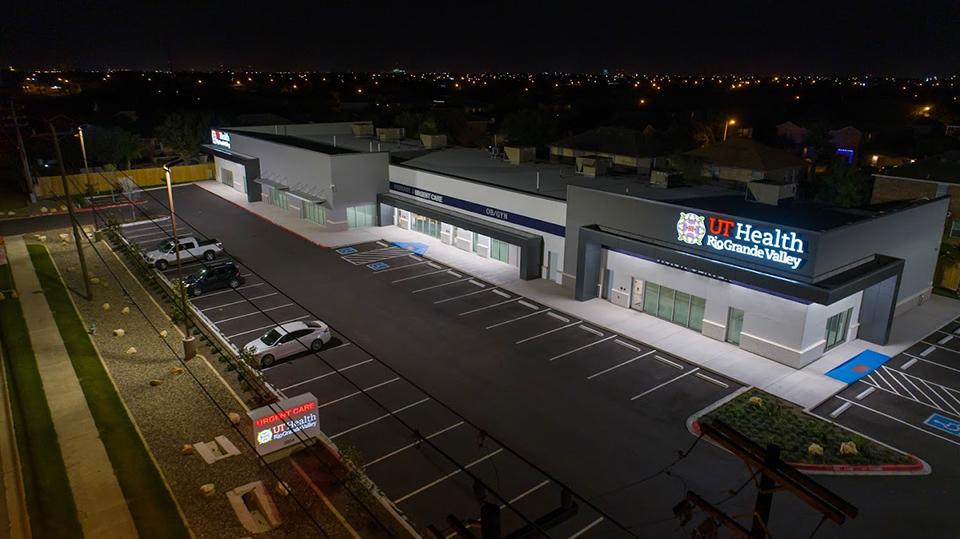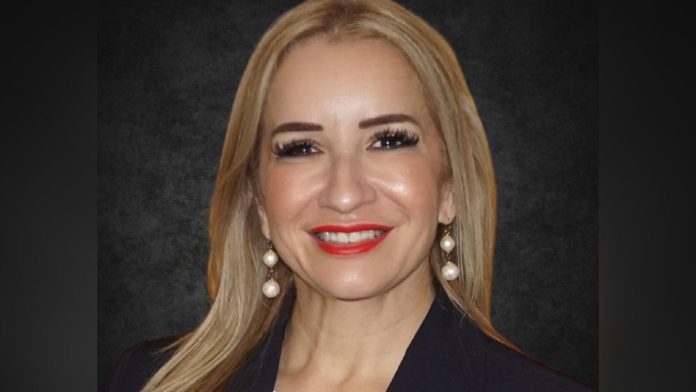The D.C. Circuit Court on Tuesday ruled against approval of liquefied natural gas (LNG) export terminal and related pipeline projects at the Port of Brownsville, effectively canceling prior approval of three such projects by the Federal Energy Regulatory Commission.
The Sierra Club, in announcing the ruling, said this is the first time a court has vacated FERC approval of an LNG terminal. FERC approved Rio Grande LNG, Texas LNG and the Rio Bravo Pipeline “despite widespread concerns for the harm the projects would cause to the surrounding communities and the climate.”
A lawsuit was filed against FERC by the Sierra Club, the city of Port Isabel, Vecinos para el Bienestar de la Comunidad Costera and the Carrizo/Comecrudo Tribe of Texas, a Floreville-based nonprofit organization, claiming that FERC failed to “adequately consider the environmental justice impacts and greenhouse gas emissions of the three projects, as required by the National Environmental Policy Act and the Natural Gas Act.”
The D.C. court upheld the petitioners’ arguments, vacating FERC’s approvals, meaning the agency now has to reconsider the impacts of the three projects. This will require a new draft supplemental Environmental Impact Statements and public comment period before FERC decides whether to issue new project permits.

The petitioners and other LNG foes have argued that the projects would destroy endangered species habitat and many acres of wetland, while releasing hazardous air pollution that could cause asthma, cancer and other health conditions. The court’s ruling follows two other rulings in July that “call into question the adequacy of FERC reviews,” according to the Sierra Club, which noted that last week the D.C. Circuit Court ruled FERC had failed to consider greenhouse gas emissions as well as market need for expansion of Real Energy Access, a Williams company pipeline project in the Northeast.
Also last month, the same court ruled that FERC failed to adequately assess Commonwealth LNG’s air pollution impacts and greenhouse gas emissions, the Sierra Club said, adding that “it is unacceptable for FERC to conduct insufficient environmental justice analysis and to decline to make determinations on the significance of climate-warming emissions.”
A spokesman for Texas LNG said “we are studying the opinion, which is a procedural decision to correct a technical deficiency.”
“We have full confidence FERC will address this matter judiciously and efficiently and look forward to working with them on this important issue,” he said.
“Texas LNG is an industry-leading export facility designed to be the greenest on the planet once operational. Our project has undergone environmental impact studies previously and received tremendous support from government officials and financial and export partners. Our team is committed to resolving this issue quickly and completely to continue our progress toward (final investment decision) and construction in the near term,” the spokesman said.
NextDecade, which owns Rio Grande LNG, had not responded to a request for comment as of press time.
Here’s the latest update:
LNG construction to continue at Port of Brownsville pending mandate























